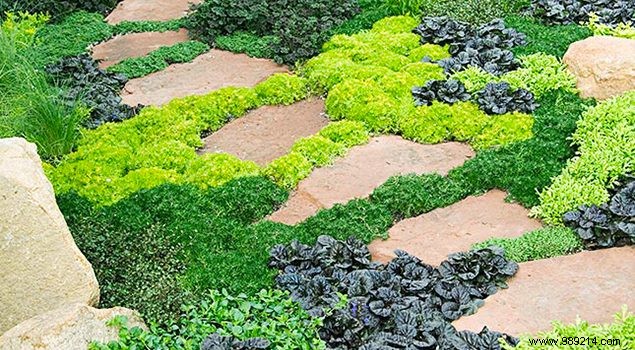
With the change in temperature, it is sometimes difficult to keep a green lawn. To have a beautiful green garden during the year, you have to mow, water, aerate, seed, fertilize, mow, spread herbicides and pesticides and start over again. Here are the right solutions to replace your lawn without repeating this endless vicious cycle.
Do you have neither the time nor the energy to maintain your lawn? Don't panic, ground cover plants will be your best allies. They are ideal for beautifying cool, slightly shaded soil. They are also suitable for places that are difficult to access.
• The Roman chamomile forms a perfect cover very mowed, fragrant and of greenish color. Very hardy, this vegetation supports occasional trampling without any problem. It also likes the sun.
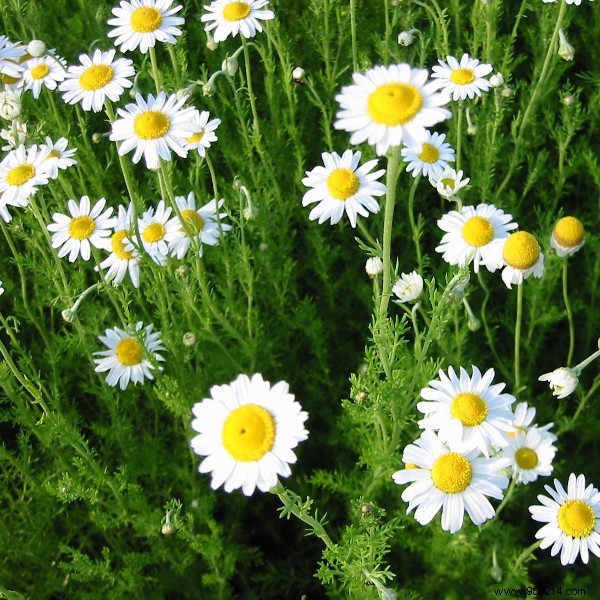
Roman chamomile
• Creeping Dichondra, on the other hand, flowers from May to June. This category of plant perfectly covers the ground including the parts under the trees. It offers semi-evergreen foliage with its small round leaves of a very elegant fresh green color.
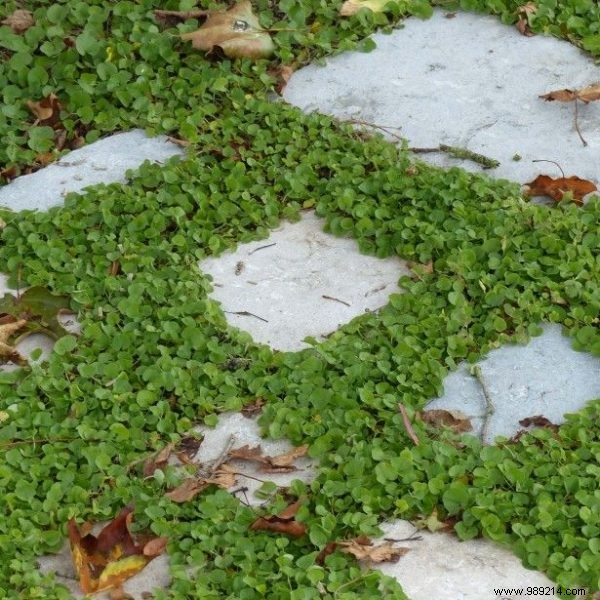
The Creeping Dichondra
• Pratia Pedunculata is a very low perennial plant characterized by light blue, star-shaped flowers. Some people sometimes find it invasive since it spreads very easily. In addition, this plant forms a wide carpet that resists trampling and supports all types of soils and exposures.
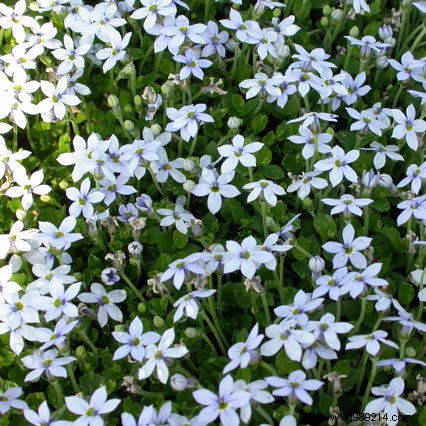
The Pratia Pedunculata
• Finally, helixine (Helixine Soleirolii) is a small plant with rounded, shiny and light green leaves. It is suitable for rich, cool soils and can even grow under trees.
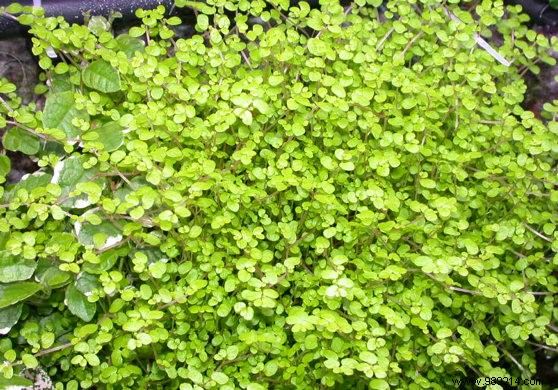
helixin
Classic grass never grows on dry, stony ground. If you manage to do this anyway, your lawn will have a hard time maintaining its green appearance in the summer. You will then have to invest in a fairly expensive watering. Here are some plants that are perfect for dry ground and instantaneous exposure to the sun.
• Potted woolly thyme reaches a height of 10 cm when mature. It flowers in June to July. This plant is characterized by small woolly leaves. The whole forms a beautiful gray green carpet. In summer, your garden will be embellished with a multitude of bright pink flowers. This plant supports trampling, but needs well-drained soil.
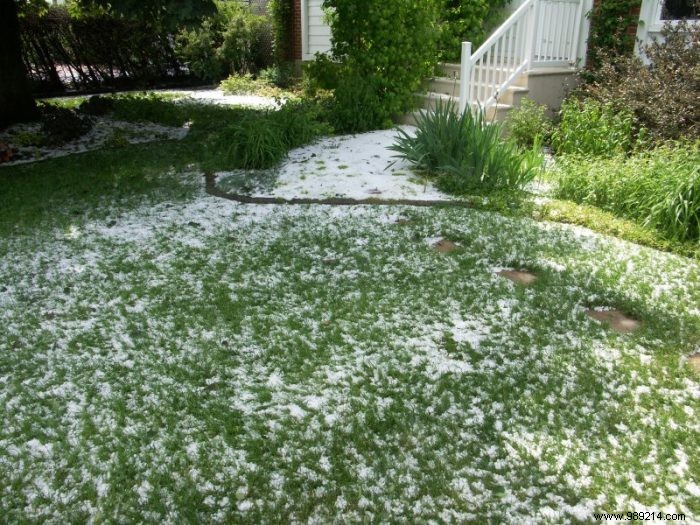
Woolly thyme
• Mascarene turf is a bright green ground cover grass. Very dense, bumpy, it turns yellow as soon as the temperature drops below minus 4°C.
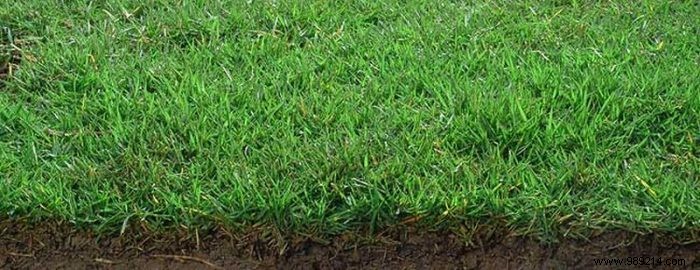
The lawn of the Mascarenes
• The fragrant yarrow spreads out in a very dense persistent carpet. It has fine, aromatic blue-green foliage that is a little faded. In early summer, it is adorned with small off-white umbels. This plant tolerates drought, calcareous soils and moderate trampling. You only need to mow it after it blooms.
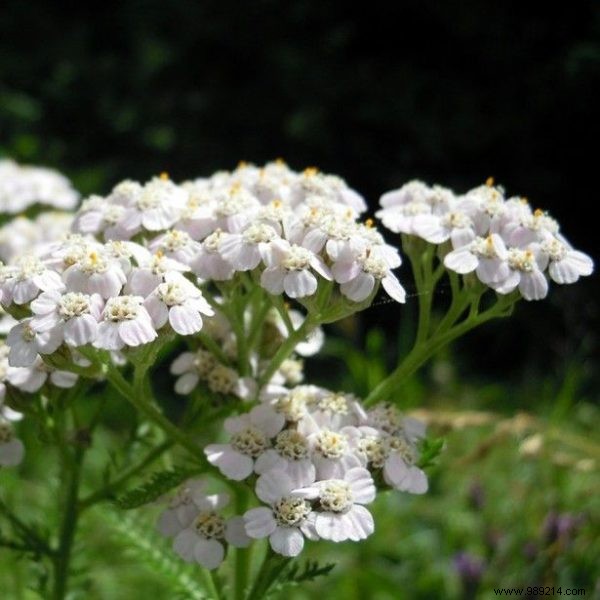
Fragrant Yarrow
• Its cousin, Yarrow (Achillea Crithmifolia) is more solid. It offers finely cut foliage. In no time, you'll have soft green carpeting, punctuated with white flowers.
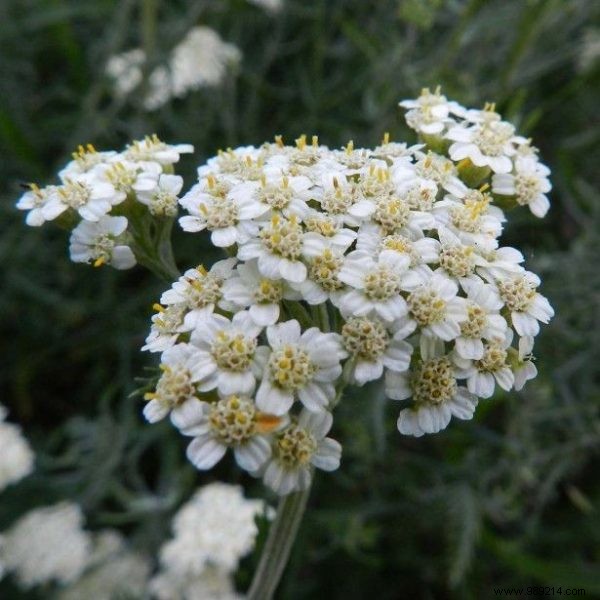
Achillea Crithmifolia
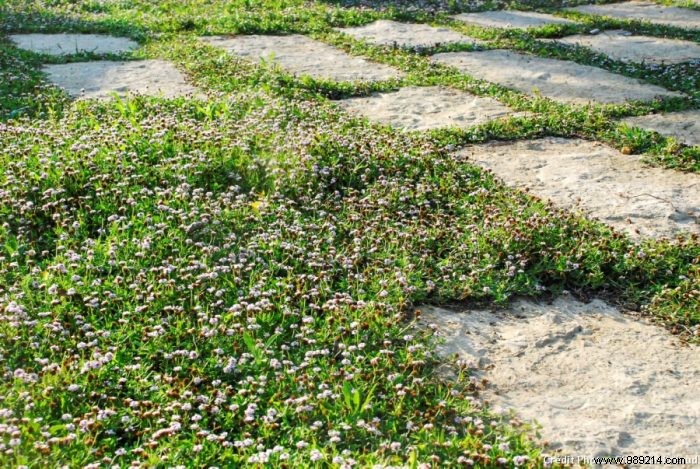
ground cover
To successfully install your ground covers, you must follow certain rules. The first thing to do is prepare the ground. Loosen the soil by 30 to 40 cm by breaking up the large clods with a fang. Weed and rake until you have a seedbed-like surface.
Respect the recommended planting distances. They are between 20 to 40 cm depending on the type of plant to be sown. Be aware that too large a gap creates holes. On the other hand, if the plants are too close together, they may choke.
To prevent the appearance of weeds, weed regularly. This maintenance is essential during the first three months after implantation. In this way, your plant will fully expand in your garden. This technique is only done by hand. Avoid chemical weedkillers.
Even if the majority of ground covers can withstand high temperatures and drought, you must water them punctually, especially in the first summer.